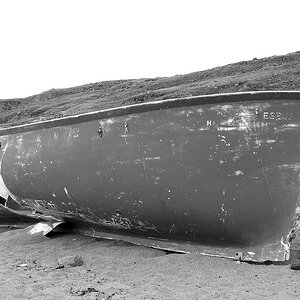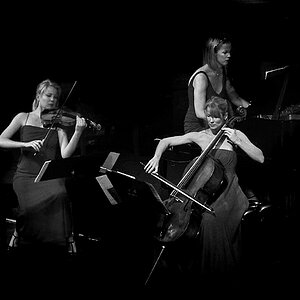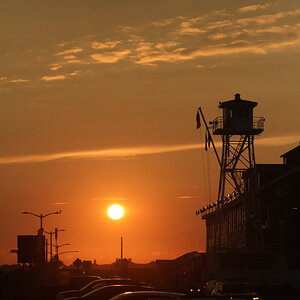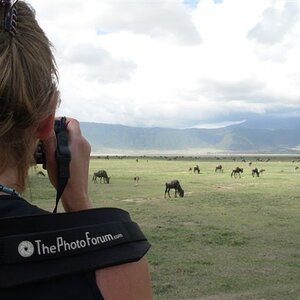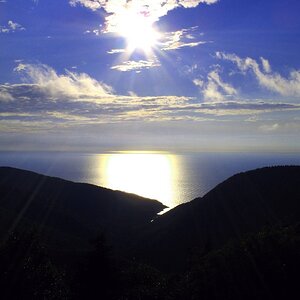stefawesome
TPF Noob!
- Joined
- Aug 18, 2011
- Messages
- 1
- Reaction score
- 0
- Location
- Pasadena, CA
- Can others edit my Photos
- Photos NOT OK to edit
Hello,
I was wondering if it is possible to print black and white photos from color film and if so, does it require special filters? Is it just as easy as using the color negative with black and white photo paper? The darkroom I have access to only has resources to print in black and white but I have some color negatives that I really like.
Thanks
I was wondering if it is possible to print black and white photos from color film and if so, does it require special filters? Is it just as easy as using the color negative with black and white photo paper? The darkroom I have access to only has resources to print in black and white but I have some color negatives that I really like.
Thanks


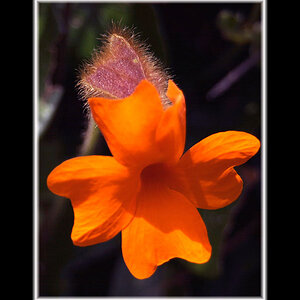

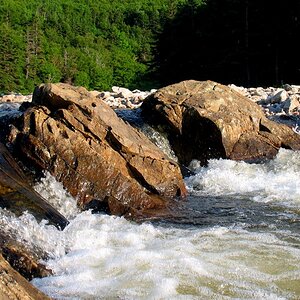

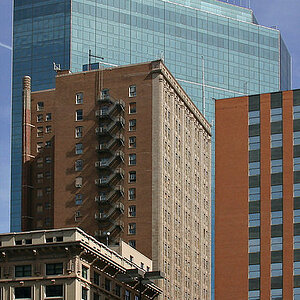

![[No title]](/data/xfmg/thumbnail/42/42462-2adb6efc01a19638fca25cd3000f5575.jpg?1619740192)
